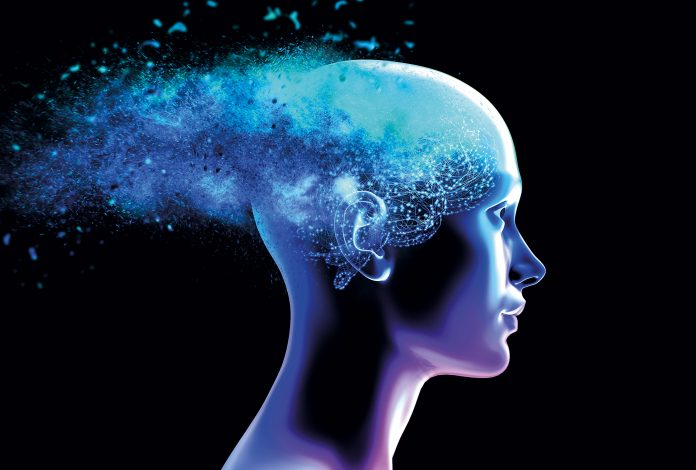
About 20 potential treatments for schizophrenia have been identified through a novel method to create and then screen large number of C4-secreting astrocytes. Scientists at Harvard and colleagues first developed a means of generating large numbers of C4-secreting human astrocytes from stem cells. Next they screened them for C4 regulation.
Out of 464 candidate drugs, they found about 20 that had the right characteristics.
Their paper appeared in Stem Cell Reports this week.
In schizophrenia, increased levels of the immune protein complement 4 (C4) have been measured in patients’ brains. Further, higher C4 levels due to variations in copy number are associated with an increased risk for developing Schizophrenia. However, there are no therapies available that lower C4 levels in the brain.
Although the exact mechanism underlying schizophrenia is unknown, patients’ brains show reduced thickness and synaptic density in the cortex, which is consistent with the idea that C4 overexpression leads to enhanced microglia-mediated synaptic engulfment.
Meanwhile, astrocytes are known to play a critical role in synapse formation, function, and elimination. The role of astrocytes in neuropsychiatric and neurodegenerative diseases has been increasingly recognized over the last decade or so. They help regulate the immune response and inflammatory environment in the brain by secreting immune proteins such as C4. Consequently, they are considered a primary target for C4-lowering therapies.
To identify potential drugs, Francesca Rapino, Lee Rubin, and colleagues from Harvard University, and their colleagues have developed an efficient method to make large numbers of C4-secreting human astrocytes from stem cells.The group sought to identify pathways that modulate the production of complement component 4 (C4), recently associated with an increased risk of schizophrenia.
“To design a disease-relevant assay, we first developed a rapid and robust 3D protocol capable of producing large numbers of astrocytes from pluripotent cells. Transcriptional profiling of these astrocytes confirmed the homogeneity of this population of dorsal fetal-like astrocytes,” the authors write.
Using a novel ELISA-based small-molecule screen, they identified epigenetic regulators, as well as inhibitors of intracellular signaling pathways, able to modulate C4 secretion from astrocytes.
In a screen of 464 drugs, the team identified a small group of about 20 that reduced C4 secretion from astrocytes. These drugs were effective both in healthy astrocytes and in astrocytes made from Schizophrenia patients’ stem cells.
Next, the team built a connectivity map to predict and validate additional key regulatory pathways, including one involving c-Jun-kinase. They write, “This work provides a foundation for developing therapies for CNS diseases involving the complement cascade.”













